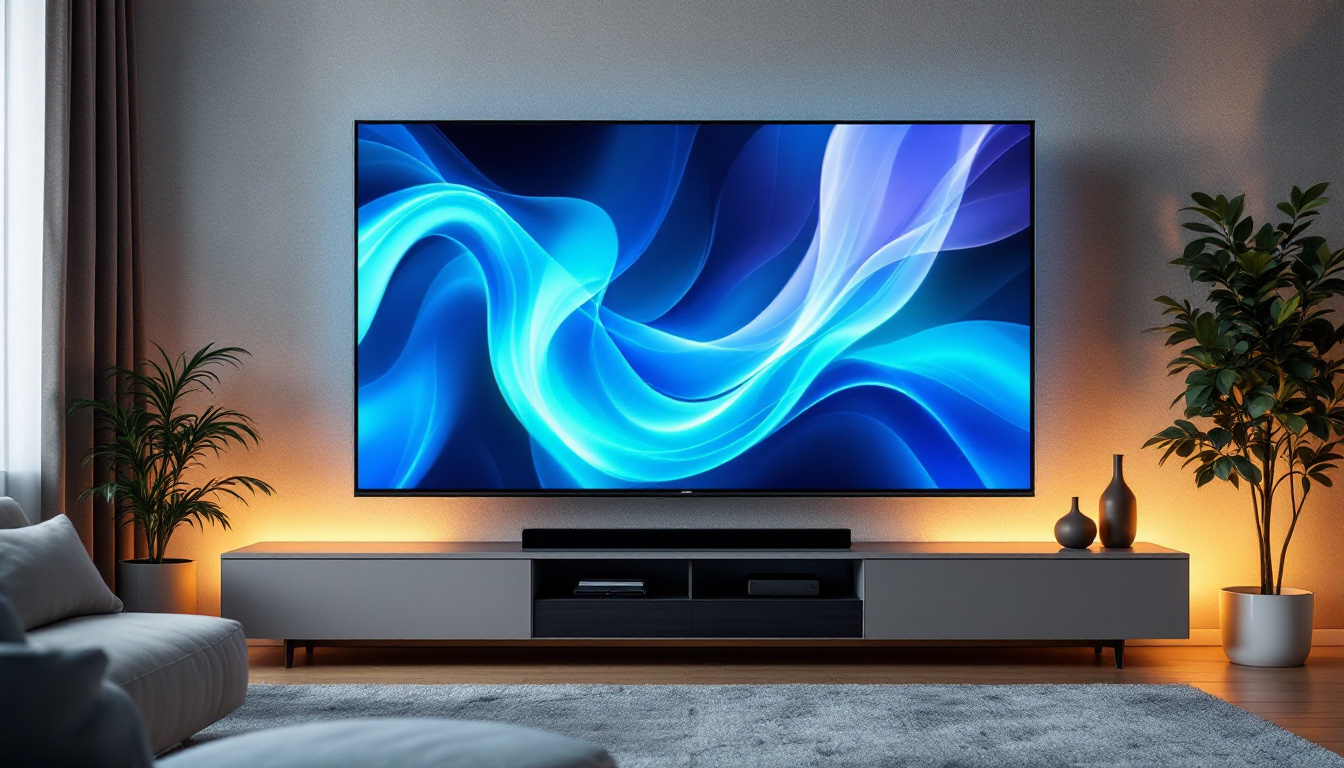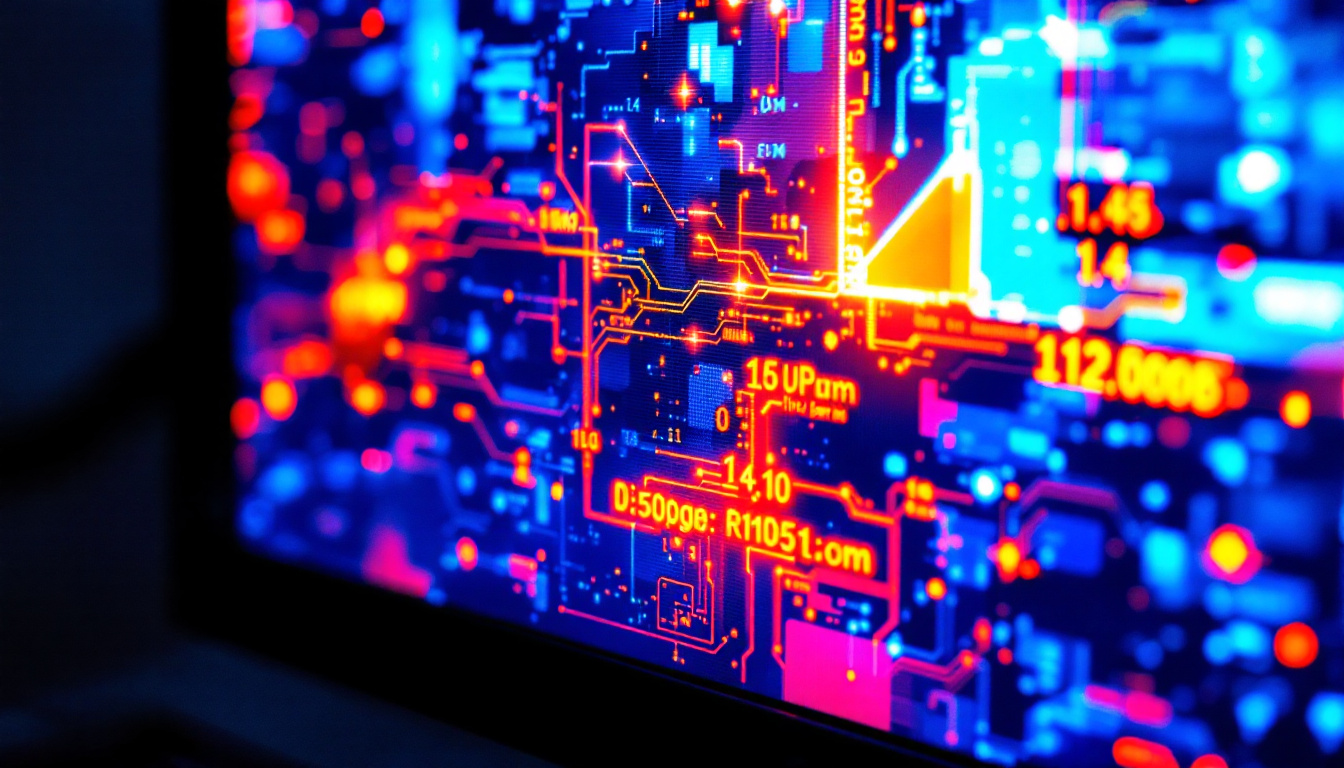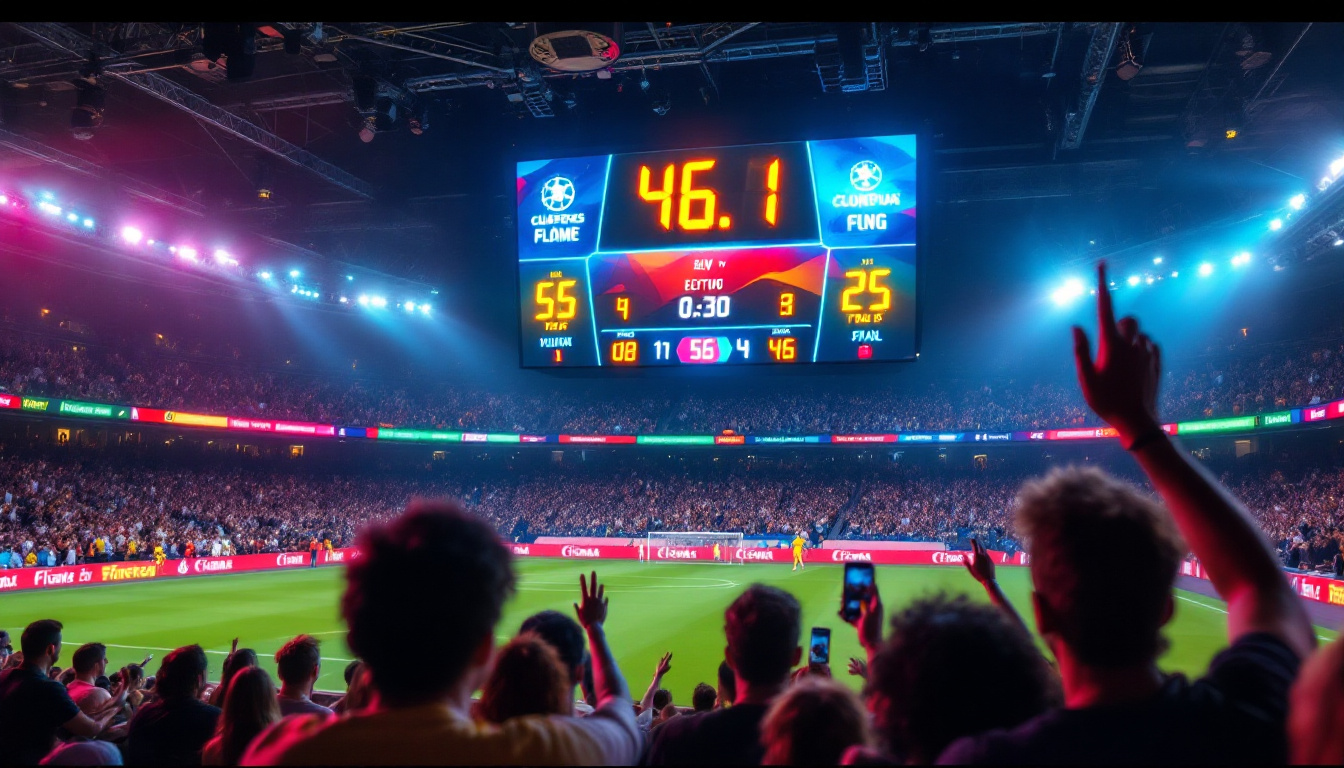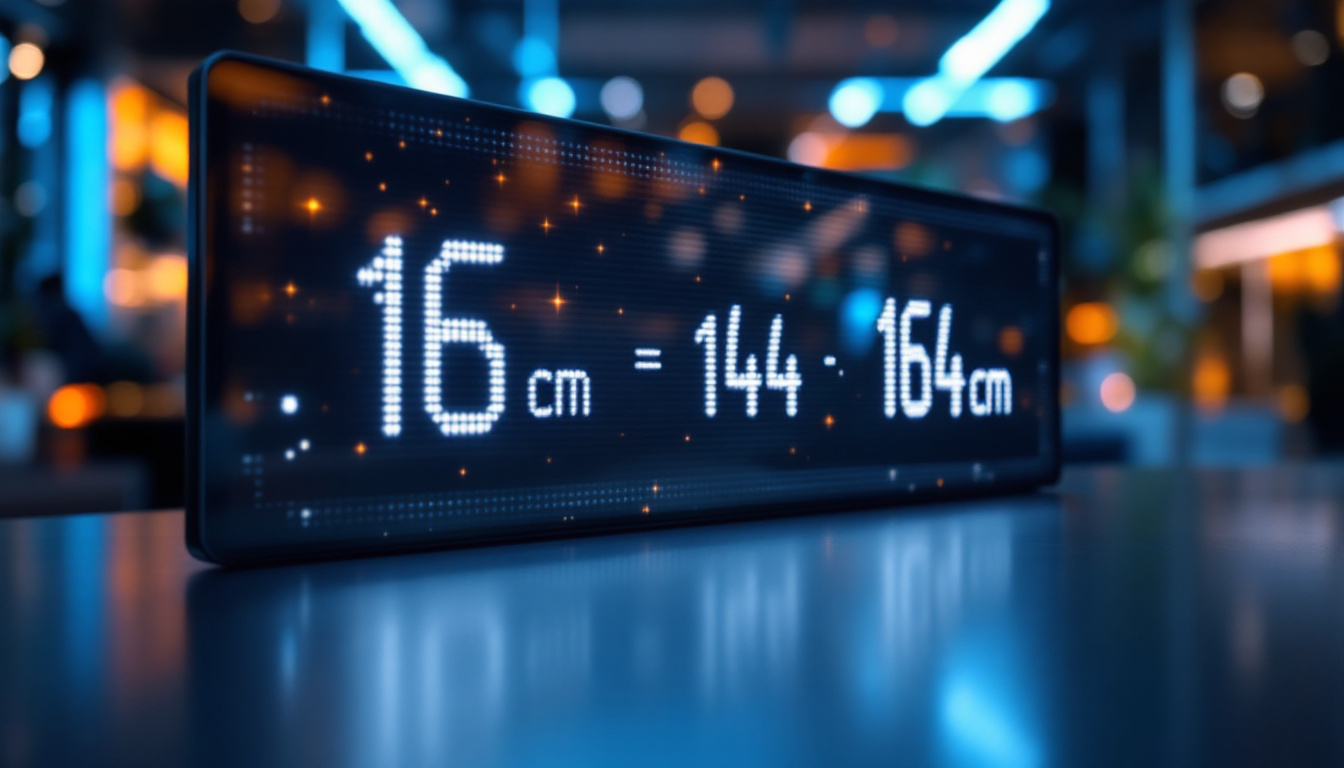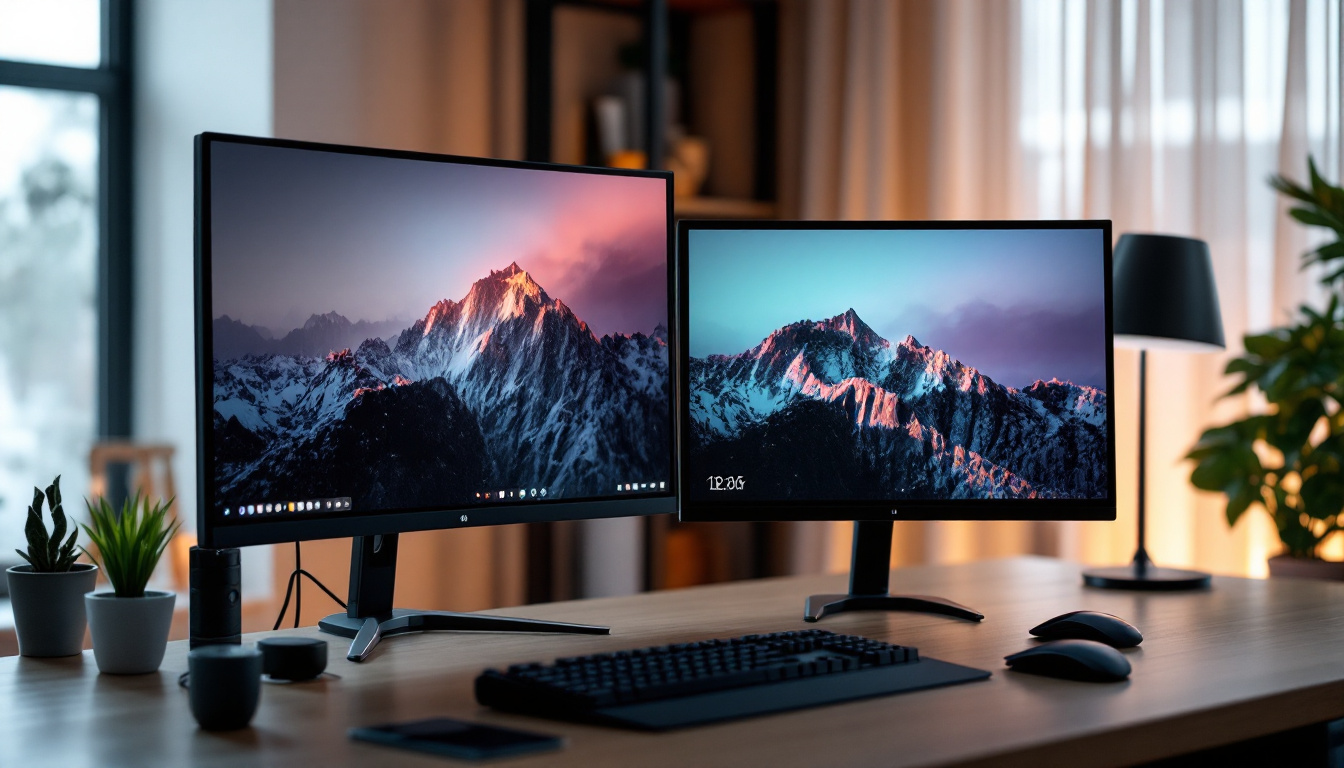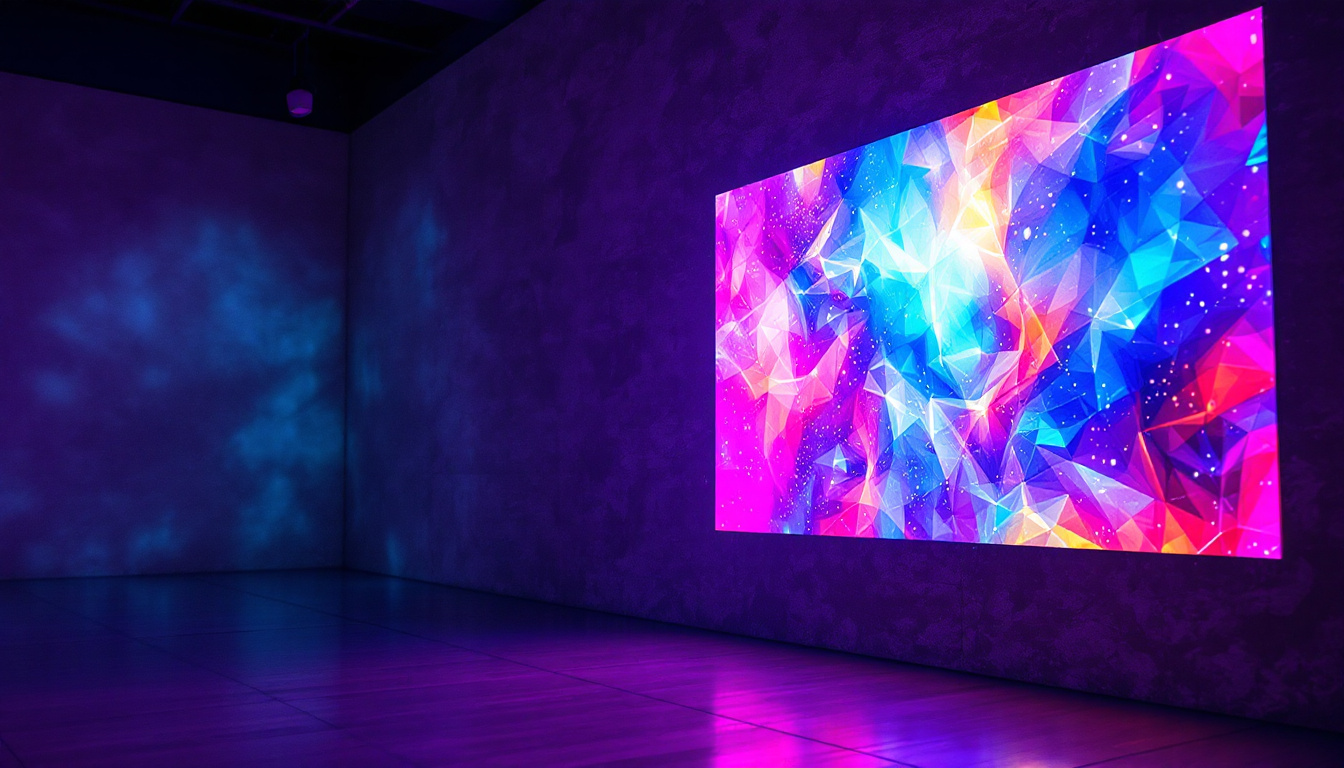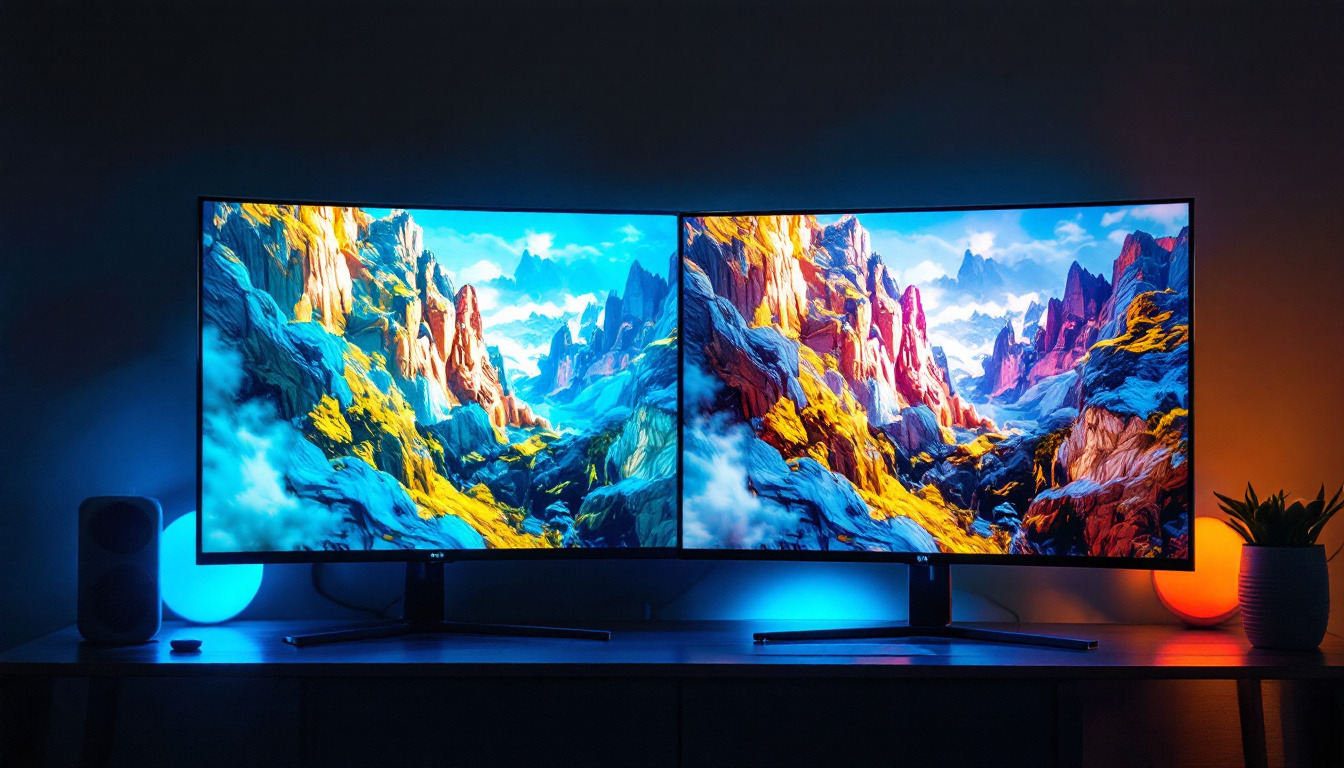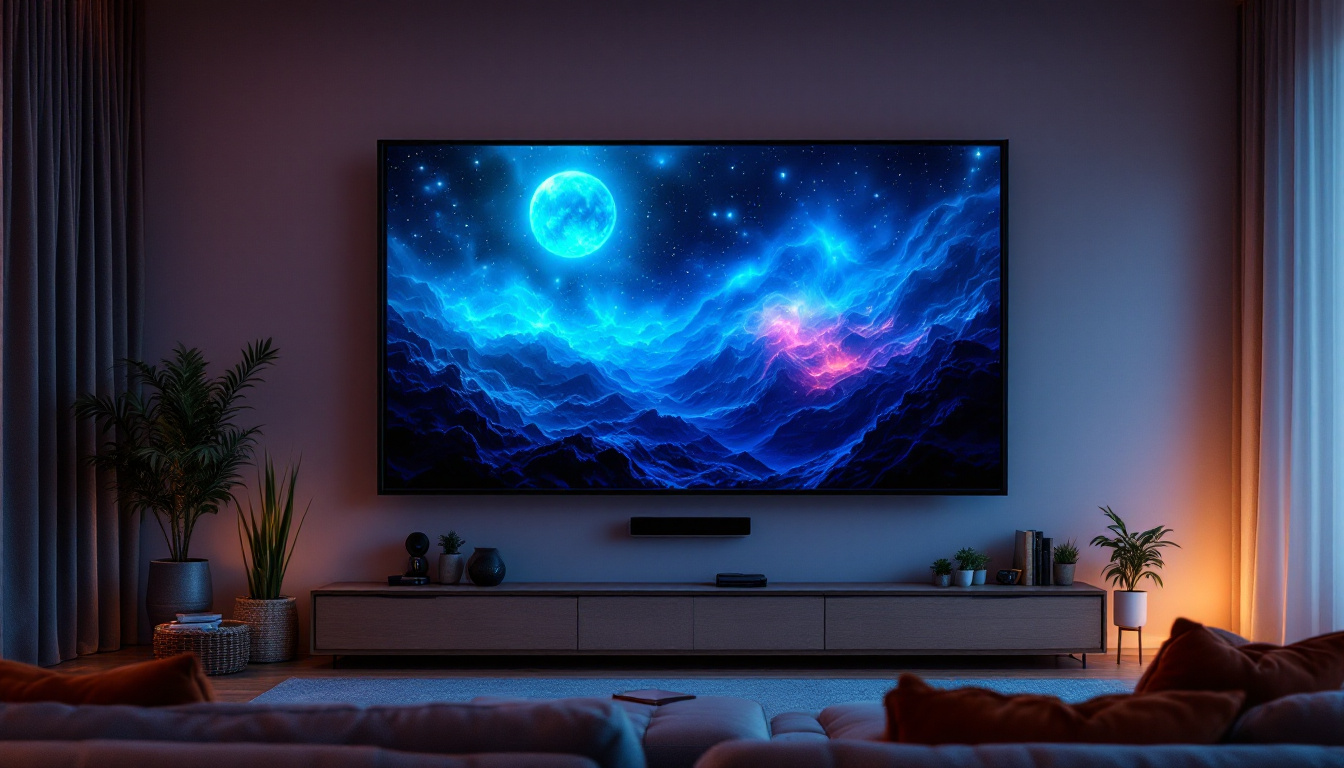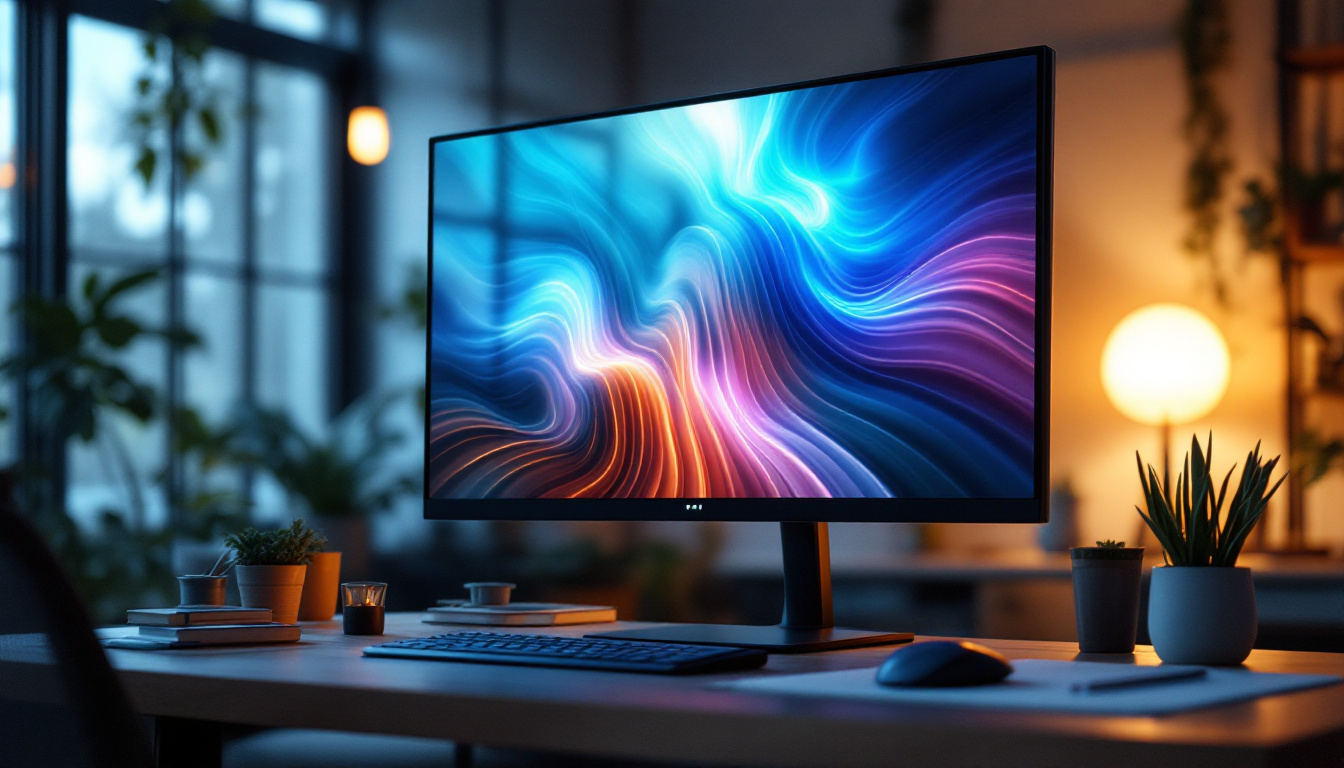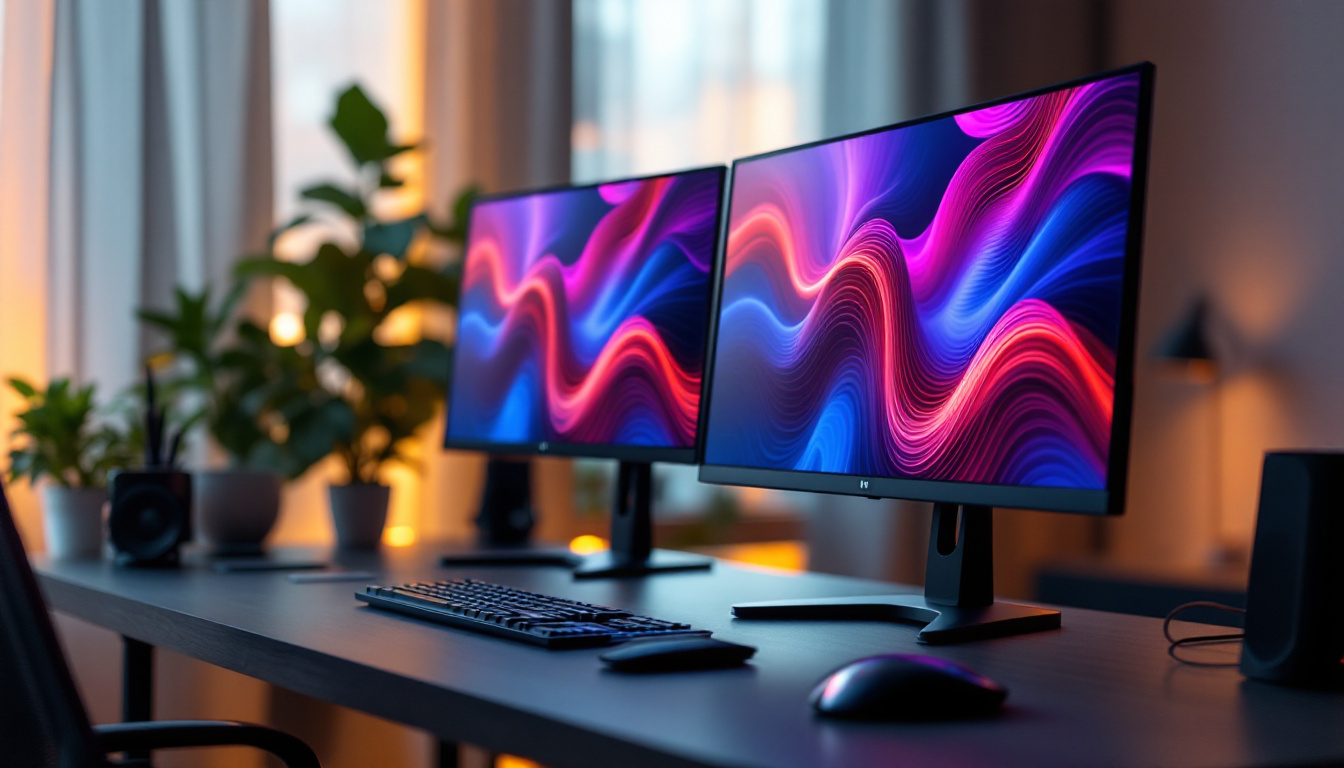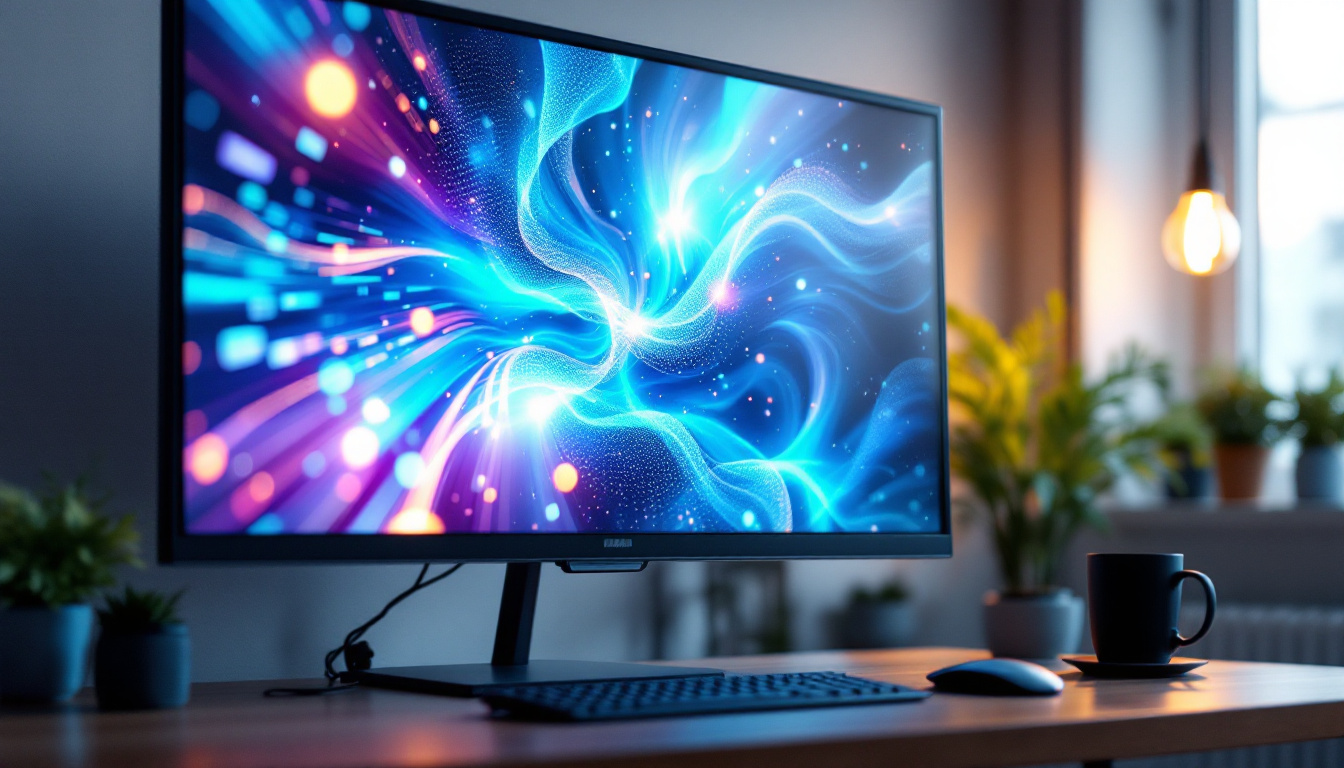In today’s fast-paced technological environment, the integration of touch screen technology with rack mount LED displays is revolutionizing how industries manage and interact with their equipment. From data centers to broadcast studios, and industrial control rooms to network operations centers, touch screen rack mount LED displays offer a seamless blend of functionality, space efficiency, and user-friendly interface. This article delves into the essentials of touch screen rack mount LED displays, explaining their technology, applications, benefits, and what to consider when selecting one for your setup.
Understanding Rack Mount LED Displays
What Is a Rack Mount LED Display?
A rack mount LED display is a specialized type of monitor designed to fit into standard 19-inch equipment racks, commonly used in IT, telecommunications, and industrial environments. These displays are engineered to maximize space efficiency by integrating the screen and control interface into a compact, rack-friendly form factor.
Unlike traditional monitors that sit on desks or walls, rack mount displays are installed directly within server racks or equipment cabinets. This setup helps centralize control and monitoring equipment, reducing clutter and improving accessibility for technicians and operators. The integration of these displays into a rack system not only streamlines the workspace but also enhances the overall organization of critical equipment, allowing for quicker troubleshooting and maintenance.
Furthermore, many rack mount LED displays come equipped with features such as touchscreens, which can facilitate direct interaction with the system they monitor. This interactivity can significantly improve operational efficiency, as users can quickly adjust settings or respond to alerts without needing to navigate through multiple devices or interfaces. The versatility of rack mount displays makes them an invaluable asset in environments where space is at a premium and quick access to information is essential.
The Role of LED Technology in Rack Mount Displays
LED (Light Emitting Diode) technology has become the standard for modern displays due to its superior brightness, energy efficiency, and longevity compared to older LCD or CRT technologies. In rack mount displays, LED backlighting ensures clear visibility even in brightly lit environments such as data centers or control rooms.
Additionally, LED displays offer better color accuracy and faster response times, which are crucial for applications requiring real-time monitoring and precise visual feedback. The slim profile of LED panels also contributes to the compact design necessary for rack-mounted equipment. This allows for a more streamlined installation process, where multiple displays can be stacked or arranged in a way that maximizes visibility and minimizes the footprint.
Moreover, advancements in LED technology have led to the development of high-resolution displays that can support multiple input sources, making them ideal for complex setups where various systems need to be monitored simultaneously. Some models even feature advanced connectivity options, such as HDMI, DisplayPort, or even network-based protocols, enabling seamless integration with existing infrastructure. This flexibility not only enhances the functionality of rack mount displays but also ensures that they can adapt to the evolving needs of modern technological environments.
The Integration of Touch Screen Technology
How Touch Screens Enhance Rack Mount Displays
The addition of touch screen capabilities transforms a standard rack mount LED display into an interactive control panel. This integration allows users to directly manipulate software interfaces, adjust settings, and navigate complex systems without the need for external peripherals like a mouse or keyboard.
Touch screen rack mount displays typically use capacitive or resistive touch technology. Capacitive touchscreens offer multi-touch support and higher sensitivity, making them ideal for environments where precision and responsiveness are critical. Resistive touchscreens, on the other hand, can be operated with gloves or styluses, which is beneficial in industrial or sterile environments.
Benefits of Touch Screen Rack Mount Displays
Touch screen rack mount displays provide several advantages:
- Space-saving design: Combining display and input in one unit reduces the need for additional peripherals.
- Improved workflow: Direct interaction speeds up operations and reduces the learning curve for complex systems.
- Enhanced durability: Many touch screen rack mount displays are built with rugged materials to withstand harsh industrial conditions.
- Customizable interfaces: Touch screens can be programmed with tailored control panels for specific applications.
Applications Across Industries
Data Centers and Network Operations
Data centers rely heavily on rack mount LED displays for monitoring servers, network traffic, and environmental conditions. Incorporating touch screen functionality allows network administrators to quickly access diagnostic tools, adjust configurations, and respond to alerts without leaving the rack.
With the increasing complexity of IT infrastructures, having an intuitive, centralized control interface reduces downtime and improves operational efficiency. For example, a touch screen rack mount display can show real-time heat maps of server racks, enabling rapid identification of overheating components.
Broadcast and Media Production
In broadcast studios, rack mount displays serve as control surfaces for video switchers, audio mixers, and other production equipment. Touch screen interfaces streamline the workflow by allowing operators to switch video feeds, adjust audio levels, and manage recording schedules directly from the rack.
The high brightness and color accuracy of LED displays ensure that video previews and graphics are rendered faithfully, which is essential for quality control in media production.
Industrial Automation and Control
Manufacturing plants and industrial facilities utilize rack mount touch screen displays to monitor and control machinery, production lines, and safety systems. These displays often need to comply with strict environmental standards, including resistance to dust, moisture, and vibrations.
Touch screen rack mount displays in these settings enable operators to interact with complex control systems efficiently, minimizing errors and downtime. The ability to customize the interface also allows for integration with proprietary software and protocols.
Key Features to Consider When Choosing a Touch Screen Rack Mount LED Display
Display Size and Resolution
Choosing the right display size depends on the available rack space and the complexity of the information to be displayed. Common sizes range from 8 inches to 24 inches, with resolutions varying from HD (1280×720) to Full HD (1920×1080) or higher.
Higher resolution displays provide clearer images and more screen real estate for detailed monitoring dashboards, but they may come at a higher cost and increased power consumption.
Touch Technology and Responsiveness
Selecting between capacitive and resistive touch technology depends on the operational environment. Capacitive touchscreens offer superior responsiveness and multi-touch capabilities but may not work well with gloves or in dusty conditions.
Resistive touchscreens, while less sensitive, are more versatile in harsh environments and can be operated with various input devices. Additionally, some models offer specialized coatings to enhance durability and reduce glare.
Connectivity and Compatibility
Rack mount displays should support a range of input interfaces to connect seamlessly with existing hardware. Common connections include HDMI, DisplayPort, VGA, and USB for touch input.
Compatibility with operating systems and software is also critical. Many displays come with drivers and SDKs to facilitate integration with custom applications and control systems.
Durability and Environmental Ratings
For industrial or outdoor applications, look for displays with IP ratings indicating resistance to dust and water ingress. Shock and vibration resistance certifications ensure reliability in demanding conditions.
Some models also feature reinforced glass and metal housings to protect against physical damage, extending the lifespan of the equipment.
Power Consumption and Heat Management
Efficient power use is vital in data centers and other environments where energy costs are a concern. LED technology inherently reduces power consumption compared to older display types.
Additionally, good heat dissipation design prevents overheating, which can degrade performance and reliability over time.
Installation and Maintenance Tips
Proper Mounting and Ventilation
Ensure that the rack mount display is securely fastened within the rack to prevent movement or damage during operation. Adequate ventilation must be maintained to avoid heat buildup, which can affect both the display and adjacent equipment.
Regular Cleaning and Calibration
Touch screens require periodic cleaning to maintain responsiveness and clarity. Use manufacturer-recommended cleaning agents and avoid abrasive materials that could scratch the surface.
Calibration of the touch interface may be necessary over time to ensure accuracy, especially in high-use environments.
Software Updates and Security
Keep the display’s firmware and drivers up to date to benefit from performance improvements and security patches. This is particularly important in networked environments where vulnerabilities could be exploited.
Future Trends in Touch Screen Rack Mount LED Displays
Advancements in Display Technology
Emerging technologies such as OLED and microLED promise even higher contrast ratios, faster response times, and thinner form factors. While currently more expensive, these innovations may soon become viable options for rack mount displays.
Enhanced Interactivity and AI Integration
Future touch screen rack mount displays are expected to incorporate AI-driven interfaces that adapt to user behavior, predict needs, and automate routine tasks. Voice control and gesture recognition may also complement touch input for more versatile interaction.
Improved Connectivity and Remote Management
With the rise of IoT and edge computing, rack mount displays will likely feature enhanced connectivity options, enabling remote monitoring and control via cloud platforms. This will facilitate proactive maintenance and reduce the need for on-site intervention.
Conclusion
Touch screen rack mount LED displays represent a critical convergence of display technology and interactive control, tailored to meet the demands of modern industrial, IT, and media environments. Their compact design, combined with the clarity and responsiveness of LED touch screens, provides a powerful tool for monitoring and managing complex systems efficiently.
When selecting a touch screen rack mount display, it is essential to consider factors such as size, resolution, touch technology, durability, and connectivity to ensure the device aligns with the specific operational requirements. As technology continues to evolve, these displays will become even more integral to streamlined workflows and enhanced user experiences across various sectors.
Investing in a high-quality touch screen rack mount LED display not only optimizes space and improves accessibility but also future-proofs your infrastructure against the increasing complexity and demands of modern technology landscapes.
Discover LumenMatrix’s Advanced LED Display Solutions
As you consider the benefits and applications of touch screen rack mount LED displays, LumenMatrix stands at the forefront of this technology, offering a wide array of innovative solutions. Whether you’re looking to enhance your control room’s capabilities, elevate your media production quality, or streamline your industrial operations, LumenMatrix’s LED display modules are designed to meet your needs. Experience the future of visual communication with our Indoor and Outdoor LED Wall Displays, Vehicle LED Displays, and more. Check out LumenMatrix LED Display Solutions today and transform your space with unparalleled clarity and interactivity.






